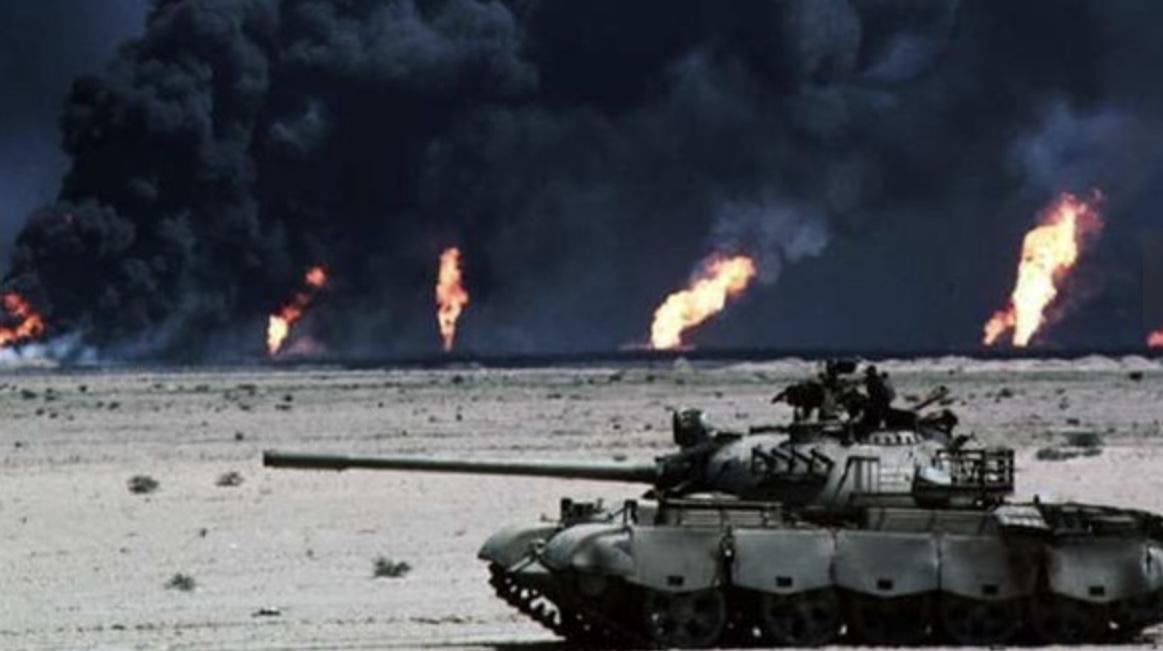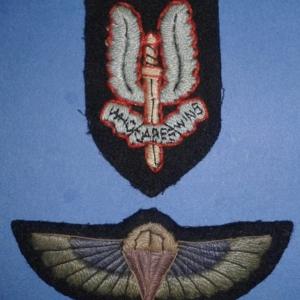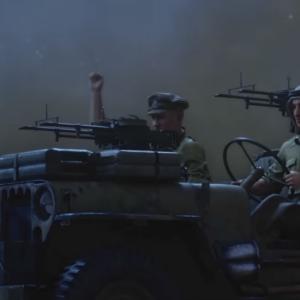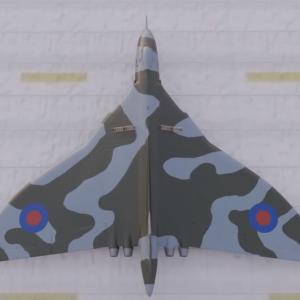
On this day in military history…
The Iraq invasion of Kuwait on August 2, 1990, was a dramatic and aggressive military campaign launched by Iraqi President Saddam Hussein. The operation was rapid and overwhelming, designed to seize control of Kuwait's vast oil reserves and strategic position in the Persian Gulf. Saddam’s motives for the invasion were both economic and political. After the long and costly Iran-Iraq War, Iraq was burdened with approximately $80 billion in debt, much of it owed to Gulf nations like Kuwait and Saudi Arabia. Saddam believed that Kuwait had betrayed Iraq by demanding repayment rather than forgiving the debt, which Iraq claimed had been spent defending the Arab world from Iranian influence.
In addition, Iraq accused Kuwait of deliberately exceeding its oil production quotas under OPEC agreements. This overproduction caused global oil prices to drop, further damaging Iraq’s economy. Saddam also alleged that Kuwait was engaging in slant drilling into Iraq’s Rumaila oil field near the border, essentially stealing Iraqi oil. Beyond economic grievances, Saddam sought to assert regional dominance and revive Iraq’s influence in the Arab world, casting himself as a leader who would stand up to Western-backed Gulf monarchies. The invasion was also seen as an opportunity to gain access to Kuwait’s 10 percent share of the world’s known oil reserves, potentially doubling Iraq’s reserves and giving it unprecedented leverage over the global energy market.
The military operation itself involved an estimated 100,000 to 140,000 Iraqi troops, supported by about 1,000 tanks and nearly 850 armored vehicles. The main attacking forces came from Iraq’s regular army divisions and the elite Republican Guard units. These included mechanized and armored brigades trained and equipped with Soviet-style doctrine and hardware. The ground forces moved swiftly across the Kuwaiti border from the north and west, launching a multi-pronged assault just after midnight. As the armored columns crossed the desert, Iraqi special forces were already being deployed by helicopter and transport aircraft to key sites in Kuwait City. These commandos seized critical infrastructure including government buildings, military headquarters, and communication centers.
Within hours, Iraq’s forces had overwhelmed the outnumbered Kuwaiti defenders. The Kuwaiti army, with only about 16,000 active personnel, was quickly overrun. Though some units attempted resistance and skirmishes broke out in parts of the city and southern desert, they were ultimately ineffective against Iraq’s larger and more heavily armed forces. By the end of the first day, Iraqi tanks had rolled into Kuwait City, and government leaders had fled to Saudi Arabia, including Emir Sheikh Jaber Al-Ahmad Al-Sabah. Iraq formally declared Kuwait a province of Iraq and installed a puppet regime, though real control remained in Baghdad.
The Iraqi military used a wide array of equipment during the operation. This included Soviet-supplied tanks such as T-55s, T-62s, and T-72s, along with BMP-1 and BMP-2 infantry fighting vehicles and BTR-series armored personnel carriers. Artillery support came from 122mm and 152mm howitzers and BM-21 Grad multiple rocket launchers. The Iraqi Air Force played a limited role, with fixed-wing aircraft like MiG-21s, MiG-23s, and Su-22s, as well as helicopter gunships such as the Mi-24 Hind providing logistical support and air cover for advancing ground units.
Though militarily successful, the invasion was a strategic miscalculation. It drew swift condemnation from the international community, including the United Nations, which passed resolutions demanding Iraq’s immediate withdrawal. The United States and its allies launched Operation Desert Shield to protect Saudi Arabia, followed by Operation Desert Storm in January 1991, which forced Iraq to retreat after a six-week aerial bombardment and a one-hundred-hour ground campaign. The invasion ultimately led to Iraq’s long-term isolation, widespread sanctions, and military defeat, all of which severely weakened Saddam Hussein’s regime in the decade that followed.










